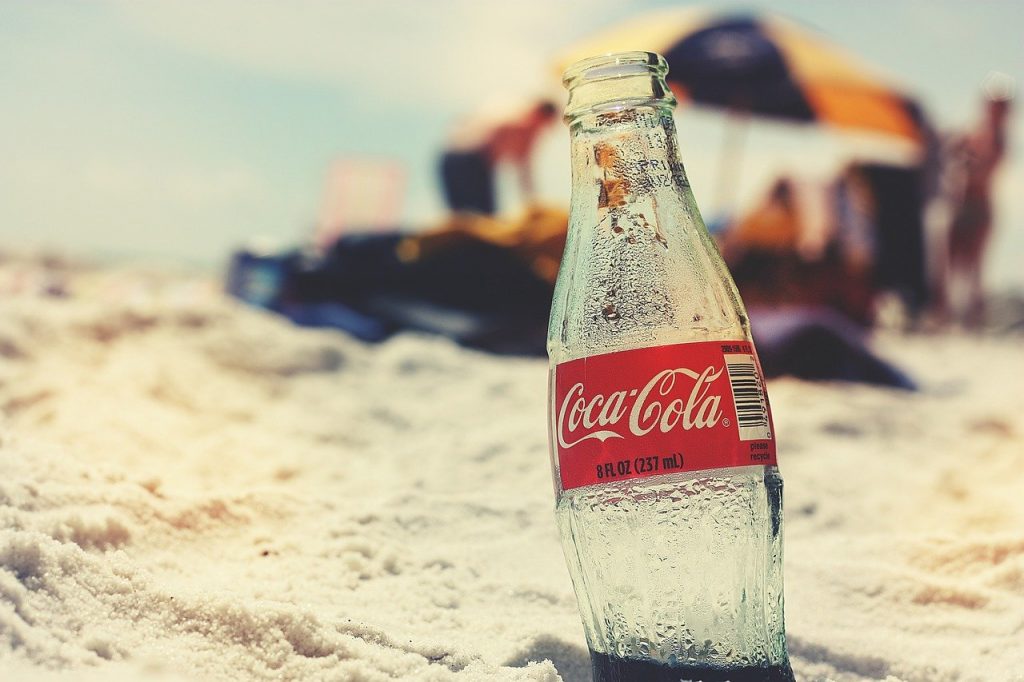Have you ever noticed how some brands tend to have a personality of their own? It’s almost like you can spot that brand’s advertising with just the tiniest clue: maybe a shape of a logo, the subject matter in a photo, or a few words of a slogan.
A Brand has its own Personality
Taking it one step further, you may have noticed that these brands not only seem to have their own personality, but their fans and followers also tend to embody “the spirit” of the brand.
Look at the image below:

You may have assumed that you’re “stereotyping” the audience of a certain brand, because you have an image or idea in mind of who buys that product. You may be surprised to learn that you’re not doing anything of the sort: you’re actually following the brand’s archetype exactly as intended!
You can actually learn a lot about your customers by understanding and promoting your business’s archetype. And by understanding your customers, you’ll in turn be even better prepared to accurately market your business to just the right people, in all the right places, at exactly the right time!
What Is a Brand Archetype?
According to Oxford Languages, a “stereotype” is “a widely held but fixed and oversimplified image or idea of a particular type of person or thing”.
An “archetype”, on the other hand, is “a very typical example of a certain person or thing”.
In the business world, understanding and developing your archetype is a very important, and often overlooked, method you can use to leverage your brand within your niche.
One way to think of an archetype is as a “personality” or “signature”. Whether you realize it or not, we all react subconsciously to branding based on the type of characteristics we feel that brand represents. The marketing geniuses behind these brands are very much aware of this subconscious understanding.
In fact, every element, from colors, fonts, images, photos, and even the voice and words used in their advertising campaigns are carefully chosen for its ability to reflect or impact that brand’s archetype.
Some Real World Examples of Brand Archetypes
To demonstrate, let’s consider a few very popular international brands.
Coca-Cola is often associated as a refreshing drink with a bright red color label, a Victorian-script font, parties, teaching the world to sing “in perfect harmony”, and warm togetherness.

When you think of IKEA, for example, you might instantly imagine the clean and organized images on the cover of their highly-coveted catalogues, or their family-friendly warehouse stores, or even the iconic Swedish names given to each product.
All of these details have been deliberately considered for their ability to reinforce the brands’ archetypes.
Read also: How to create a Marketing Outreach Strategy.
What Are the Different Archetype Definitions?
In order to understand your brand’s archetype, you’ll need to explore all twelve possibilities.
These archetypes are not a modern advertising or marketing trend, either. In fact, these traits were established by psychologist Carl Gustav Jung as categorical personality types that are acknowledged deep within our consciousness. As you read this list, consider how your brand might reflect these traits:
- The Innocent: Youthful, eternal happiness, optimism, wholesomeness
- The Everyman: Grounded attitude, supportive, establishes connections
- The Hero: Bravery, inspirational, encourages greater action
- The Rebel: Rule-breaking, questioning, challenges aesthetics and rules
- The Explorer: Daring, in search of new experiences, travel, calculated risks
- The Creator: Artistry, creativity, turns dreams into reality
- The Ruler: Responsibility, organization, reliability, orderly and dependable
- The Magician: Dreamy, visionary, sees beyond the boundaries of the ordinary
- The Lover: Intimacy, passionate, luxurious and lucious
- The Caregiver: Compassionate, generous, warmth and a sense of tenderness
- The Jester: Humorous, silly, controlled mischief, jovial
- The Sage: Wise, always learning, a source of inspiration and mentorship
Which of these brands would you say most accurately reflects your vision for your brand? Don’t just think of your own personality and stop there. Think of the key demographics of your niche.
While there are some products that can be enjoyed by anybody (Coca-Cola is a fantastic example) some goods and services have a specific audience.
Do your customers work in a specific industry? Do they live in a particular part of the world, or a certain type of home? Starting with the known elements of who your audience is will help guide you into the emotional connections you can achieve by delving deeper into establishing your business’ archetype.
How Can I Use My Brand Archetype in Marketing?
You’ve probably heard the phrase “creating a brand identity” in reference to marketing. Discovering and building upon your brand archetype is one way to accomplish just that.
Developing your business’s archetype will help you create an emotional connection with your potential customers. As Margaret Mark and Carol S. Pearson note in their book “The Hero and the Outlaw: Building Extraordinary Brands Through the Power of Archetypes”, these identities and traits will help customers relate to a product as if it actually were alive in some way; they have a relationship with it and care about it.
Interacting with your customers in a consistent and authentic voice can help establish a connection that goes beyond the logical steps of the sales funnel.
By personifying your brand, you now have the opportunity to encourage your audience to become emotionally involved in your success, which can result in more sales, more recommendations, and greater positive interaction, such as glowing reviews, likes and shares on social media, and more subscribers to your emails, blogs, and videos.
Read also: How to Get More Customers with your Email Marketing Campaigns.
Connecting to Your Audience
So how, exactly, do you achieve this connection? Consistency is key. As noted earlier, large, international brands often make all of their marketing decisions on how it will reflect upon their archetype.
Coca-Cola’s images, commercials, and brand identity will always demonstrate unity and optimism. Even if the faces in each campaign may seem to reflect different archetypes, the intended takeaway is that even the most unlikely friends can be joined over an ice-cold Coke.
Use key symbols in your images, tone, and text, as well. A business that identifies as “The Sage”, for example, wouldn’t use a risky slogan, or images of bikini-clad models. Those would be more suited for The Rebel or The Lover, depending on the context.
Doing a deep-dive into your business’s archetype will require a significant amount of research to help you understand your own archetype, and what your target audience expects. However, once you’ve found an emotional, psychological connection with your key customers, you’ll find a greater sense of brand loyalty and even inspire a deeper level of customer satisfaction.
So, what about you? Does your brand has a defined archetype or are you still researching the right one?
Your archetype is a complete breakdown of your personality. Discover which kind of personality you have, so you can better align your Business with your values.









